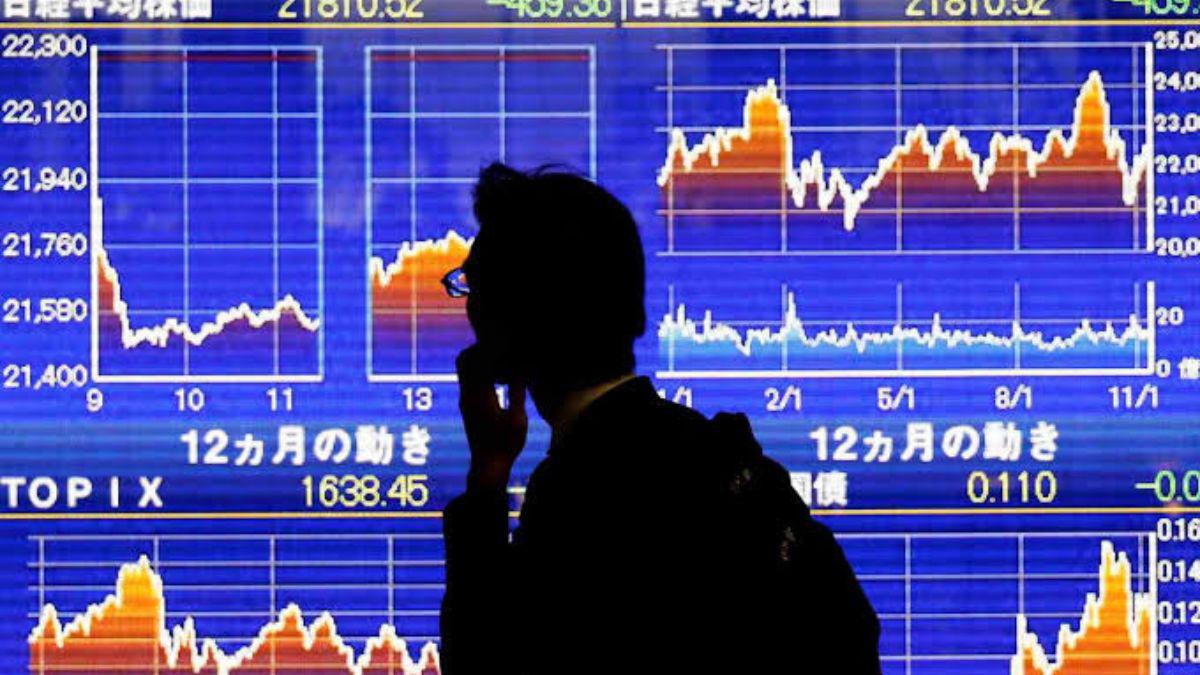 Image Credits: Nikkei Asia
Image Credits: Nikkei Asia
Japan’s Nikkei Stock Average experienced a slight decline on Wednesday, with the strengthening yen putting pressure on domestic stocks. The yen surged back to around 145 per dollar after briefly falling to 147.34 the previous day. Despite a pause in the yen’s ascent later in the session, equity losses persisted.
The Nikkei closed down 0.3% at 37,951.8, recovering from an early 1% drop, while the broader Topix index fell 0.2% to 2,664.86. Japanese equities have been volatile this week, mirroring the yen’s fluctuations.
A stronger yen typically undermines exporter shares by reducing the value of overseas profits when converted back to yen. At market close, the yen was trading at approximately 145.74 per dollar, having peaked at 144.945 earlier in the day.
Charu Chanana, global market strategist and head of FX strategy at Saxo, commented, “There are still structural themes supporting Japanese equity markets, but yen risks keep us neutral in our tactical view.”
A broad swath of stocks ended in negative territory, with significant declines among chip-related shares. Tokyo Electron fell 1.4%, while Advantest and Shin-Etsu Chemical both dropped around 2%. Conversely, Seven & I Holdings saw a 5.8% increase, rebounding from a prior slump as investors continued to evaluate a takeover proposal from Canada’s Alimentation Couche-Tard.
Cosmetic giant Shiseido was the day’s biggest loser, sliding approximately 6%, while Uniqlo parent Fast Retailing saw a modest decrease of 0.5%.
Attention now shifts to the U.S., where preliminary revisions to employment data for the 12 months through March are expected later Wednesday. Saxo’s Chanana noted that a potential downward revision of up to 1 million jobs could reignite concerns about the U.S. labor market and lead to increased market volatility.
